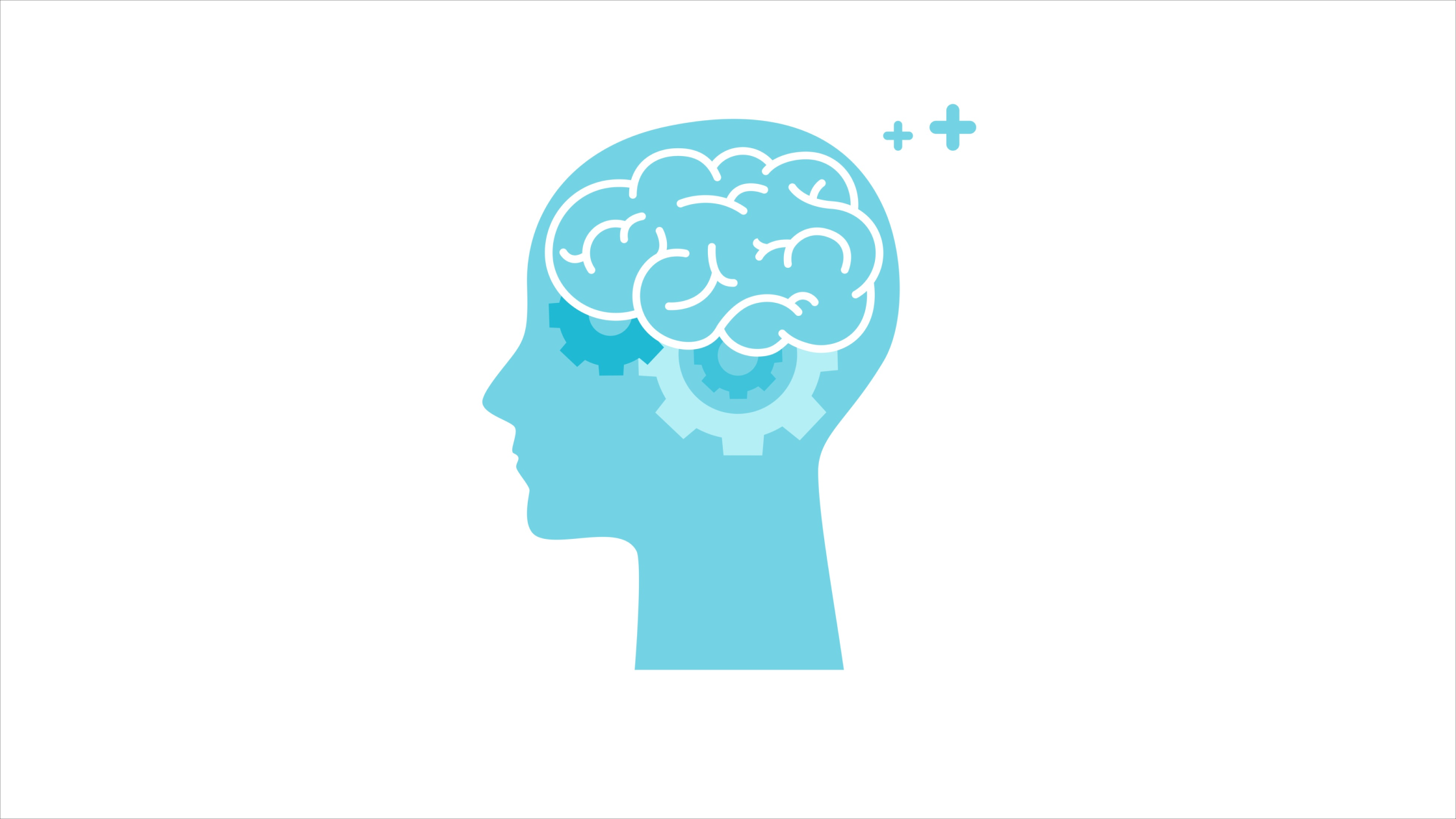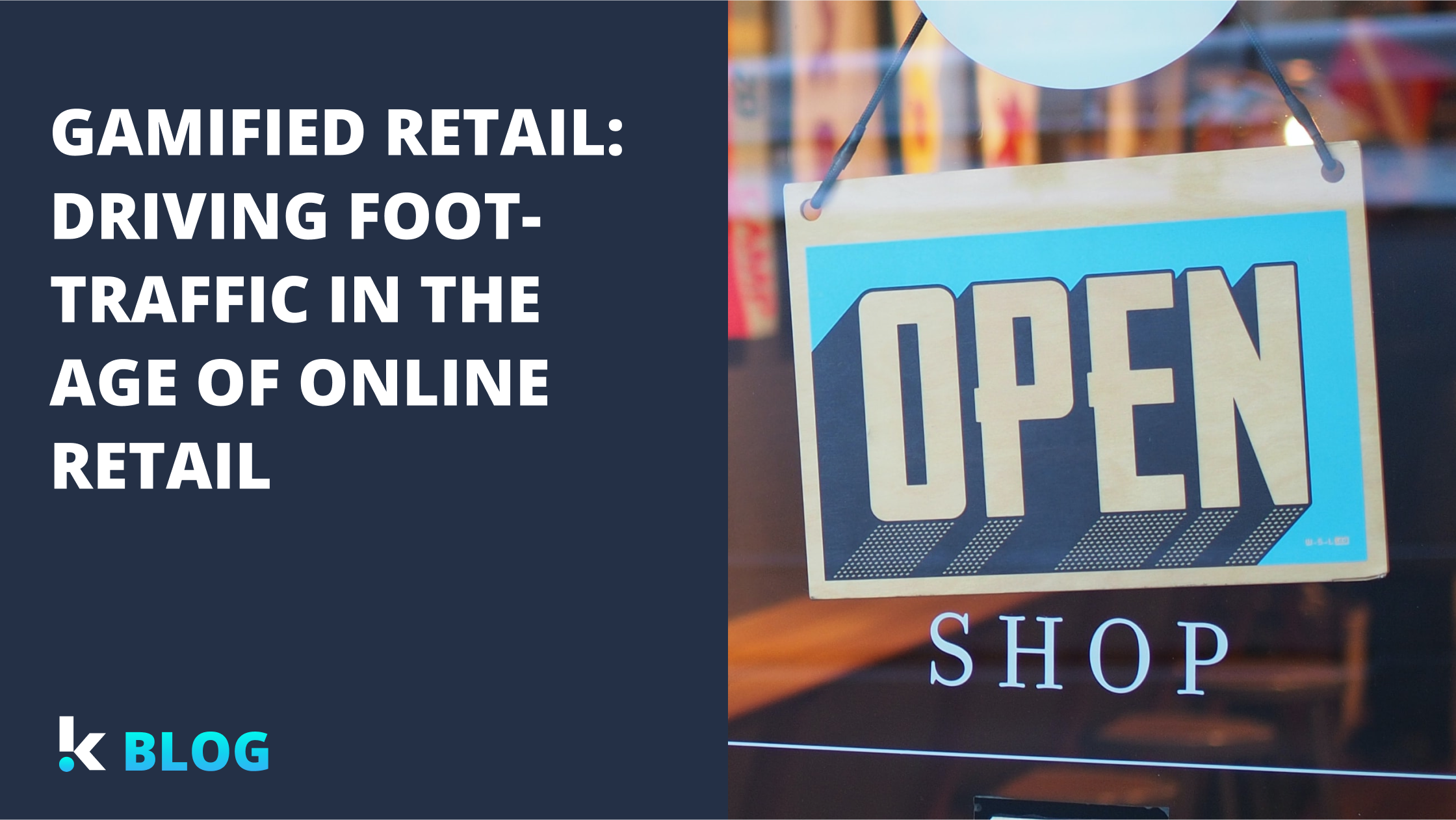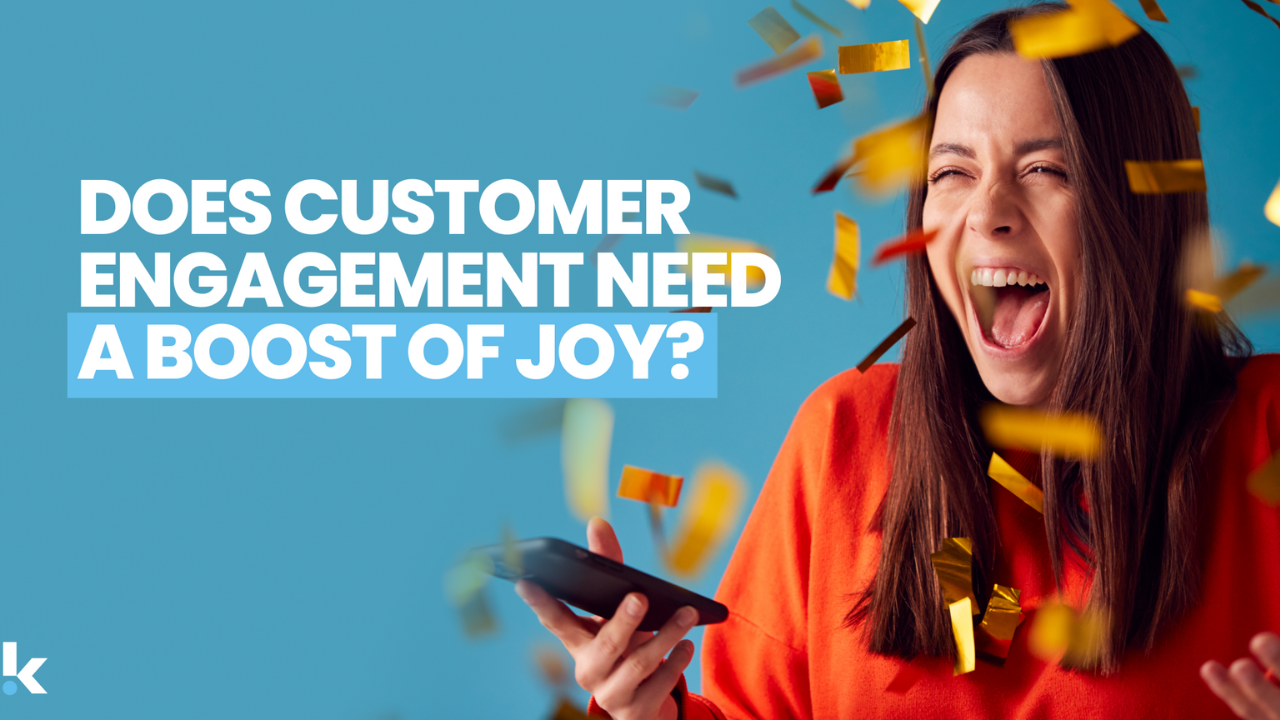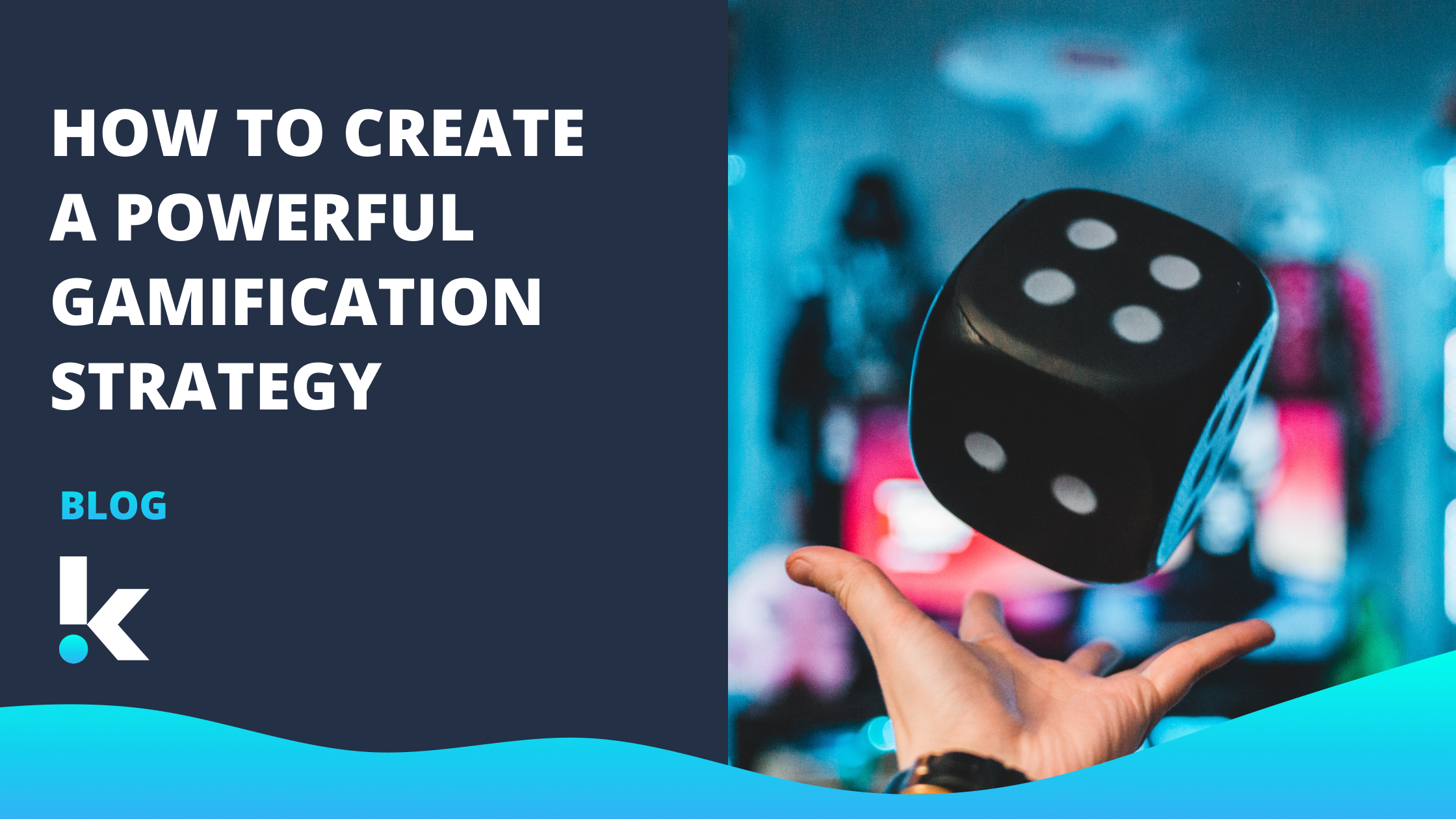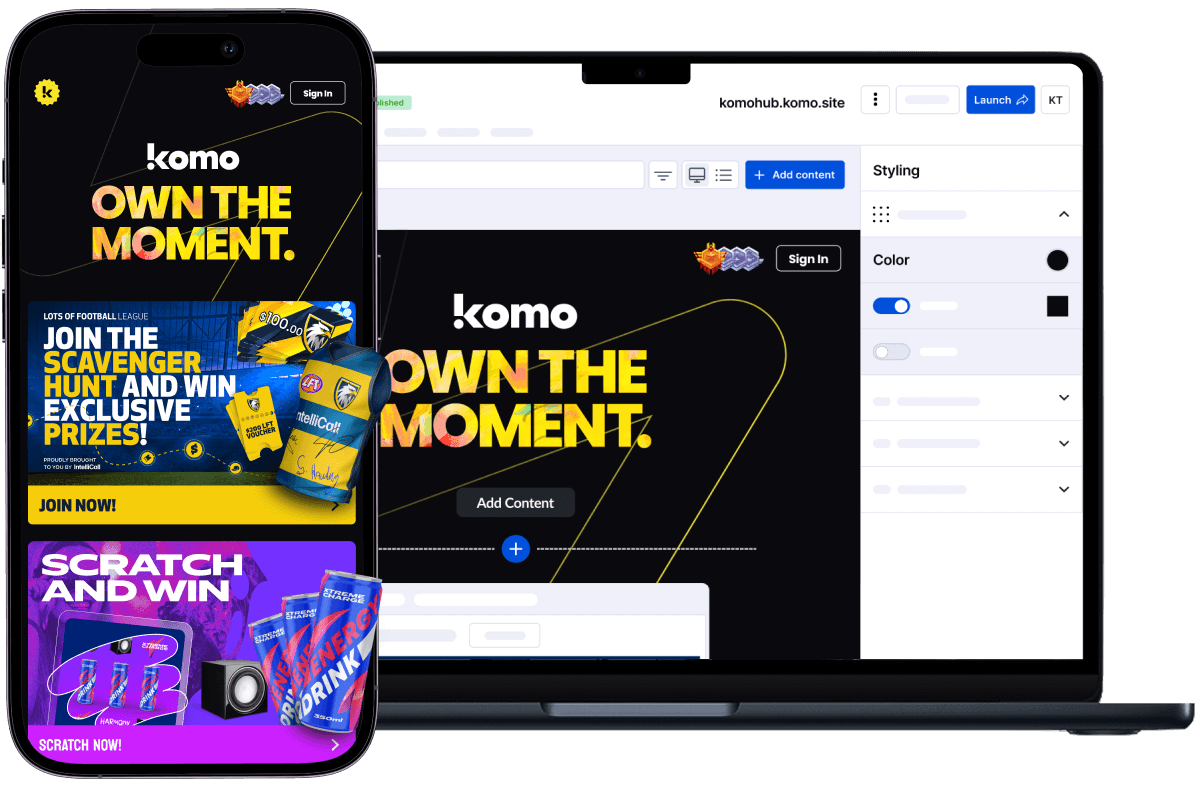It is a hallmark of modern digital marketing that ads are everywhere; in our emails, across our socials, and popping up on sidebars. With such a glut of information, consumers are learning to tune out the noise and dismiss many marketing messages.
Gamification allows brands to cut through the noise and provide a memorable experience. Tapping into the psychology of competition and winning, gamification techniques can create a moment in time where your customer is cognitively and emotionally engaged with your brand. This can boost brand awareness and brand recall, and lead to increased sales and long-term growth.
Read More: 4 Ways to Use Gamification in your Sports Marketing Strategy
Using Gamification to Build Brand Awareness and Recall
The memorable experiences created by gamification allow your business to increase its brand awareness, brand recall, and brand recognition -- all key metrics for long-term sustainable business growth.
- Brand awareness is the measure of how memorable your brand is and how familiar your target audience is with your brand, its products, and its services.
- Brand Recall is the likelihood of your brand spontaneously being recalled when presented with a prompt relating to products, services, or concepts relating to your brand.
- Brand Recognition is the degree to which customers are able to distinguish your brand from a competitor’s.
1. Gamification Generates Engagement
Gamification generates engagement by creating an interactive two-way communication between your brand and your audience that is based on fun. Providing users with an enjoyable experience versus a static marketing message is more likely to stick in the consumer's mind and boost brand awareness.
This paves the way for authentic customer engagement by capturing attention and generating active involvement, boosting interest in your brand and pointing customers towards the sales pipeline for your products and services.
2. Gamification Increases Receptiveness of Marketing Messages
It is an axiom of effective marketing that attention precedes action. Gamification captures attention through fun and enjoyable experiences, then encourages action by boosting your brand recognition and recall. Gamification also allows marketers to educate and inform about your brand, products, and services, and how it solves their customer needs in an exciting way
All these actions mean that the next time your audience looks for a product/service, the likelihood of your product coming to mind is higher - a prime example of harnessing the power of brand awareness and recall to drive desirable consumer behaviour!
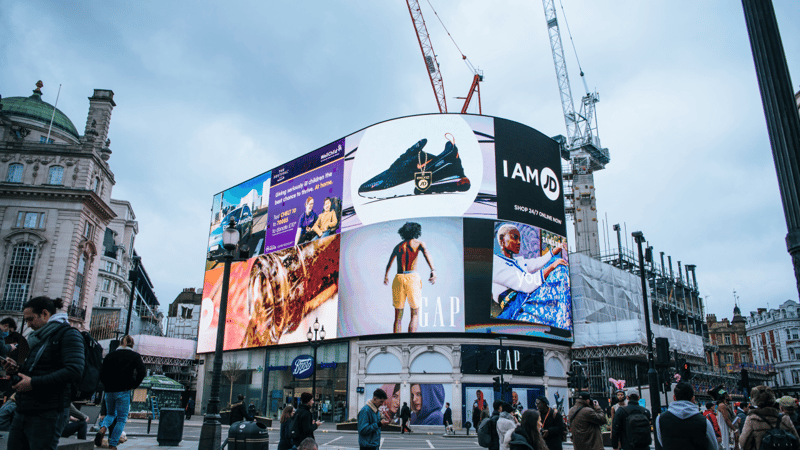
3. Gamification Provides an Additional Touchpoint for Customer Engagement
Gamified experiences provide brands with an additional touchpoint and opportunity to engage their target audience. Whilst this may seem contradictory to the notion of "cutting through the noise", an additional touchpoint that is timely and relevant can add to the brand experience.
One such example is when Budget Car Rental and Havas Sports & Entertainment Australia used Komo’s Live Trivia and Engagement Hub to find the Sydney Roosters Biggest Fan during the game. Fans were already engaged with the team and the stadium, but Havas and Budget increased the fan experience by creating a gamified moment that challenged the audience on their passion point (fandom). Leveraging those emotions allowed Budget to boost their relevancy and connection with the fans, making them more likely to be recalled when fans needed a future car hire.
Read the Full Case Study: Building First-Party Data Assets And Finding The Rooster's Biggest Fan
How to Drive Brand Awareness Through Gamification
1. Select the Appropriate Game Mechanics and Delivery Channel & Make it Personal
Personalisation is essential to marketing in 2022. Personalising all aspects of your gamified marketing increases your brand’s ability to deliver relevant experiences, maximises brand recall and awareness, and influences purchase behaviour. Advancements in digital marketing are pushing the boundaries for the types of interactive content and making it easier for brands to build personalised and relevant moments. For example, an apparel brand could add a spinning wheel for a discount code to incentive signing up to the EDM, or offer a "Fit Quiz" on the product page to match the customer to the best product for them.
Similarly, marketers have to carefully select the appropriate delivery channels to ensure that the gamified experience is timely and relevant. Whilst one audience may be motivated by a website popup, another may only engage with the brand via an app, meaning marketing teams need to think broadly about where and when they engage. For example, Nike’s Run Club app features leaderboards, challenges, and guides to encourage users to maintain their fitness and incite healthy competition. This builds upon the brand experience established at nike.com, and uses familiar game mechanics to build awareness and loyalty.
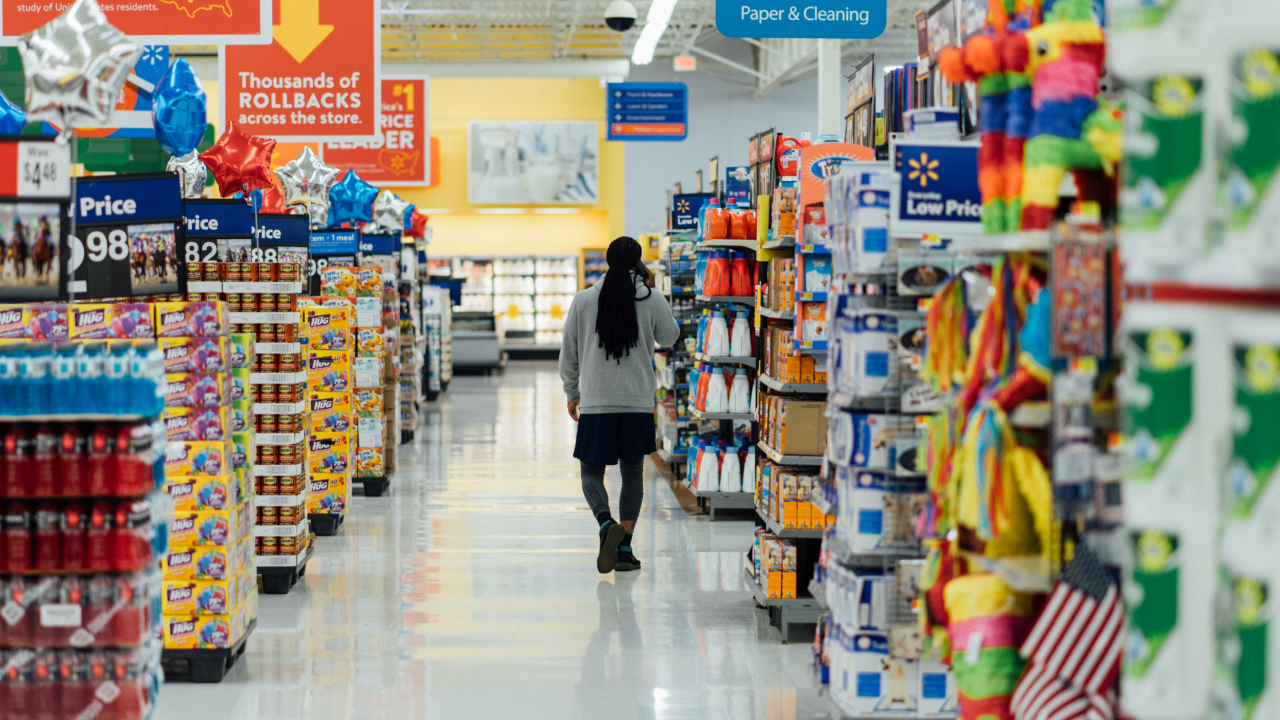
2. Design Shareability Into your Gamified Experience
Social media marketing is an effective way to increase brand awareness. Most apps already have built-in sharing functions to publish content to social media, and your gamified experiences can do the same. Requiring users to share (e.g., "Share on Twitter" or "Tell a Friend") for results or to access a reward can have a profound effect by linking brand awareness campaigns into the game.
Your gamified content can include shareability within the game mechanics itself. For example, most social media contests require participants to share branded content, the brand’s page, or tag a friend on social media. These simple actions can boost your brand awareness and recognition across an array of channels by leveraging your audiences' network(s).
3. Create Emotional Responses
Gabe Zichermann, the author of ‘Gamification by Design’, theorised that gamification is 75% psychology and 25% technology. Influencing a customer’s emotional response to and investment in a brand makes it more memorable by deepening the subconscious brand-customer relationship. This in turn facilitates the development of brand loyalty by going above and beyond the basic consumer needs.
Hitting the 75% psychology can be achieved through various game mechanics that leverage psychological principles and tap into external or internal motivators. For example, Leaderboards displaying high-performing players incites competition and satisfies players’ need for achievement and recognition, while prizes and rewards are good motivators for consumers to take a desired action.
Design Gamified Experiences to Increase Brand Awareness and Recall with Komo
Gamification boost brand awareness and strengthens brand recall by creatively cutting through the marketing noise. It can help distinguish your brand and convert skeptical consumers into loyal fans.
Using gamification tactics, Komo helps brands create meaningful interactions to enhances the customer experience. Komo’s Engagement Hub boasts a wide assortment of engagement tools ranging from quizzes, competitions, and games fit for any engagement objectives and strategies.
Learn more about how you can leverage the power of gamification using Komo’s Engagement Hub.
